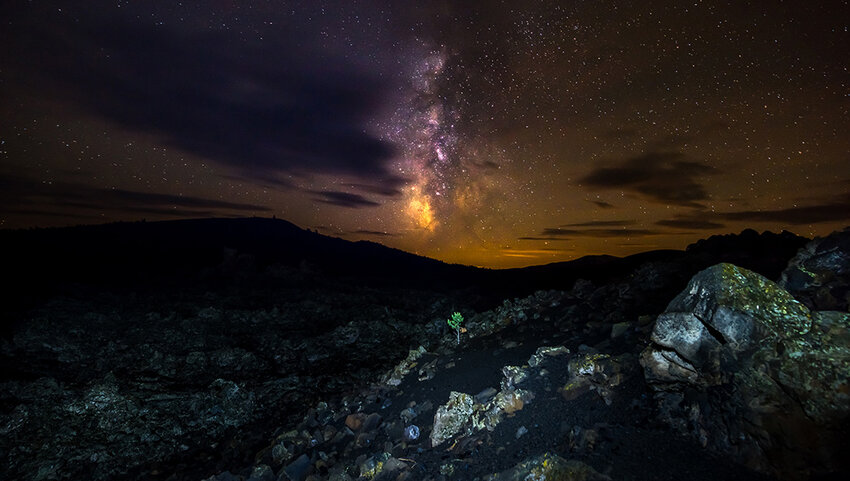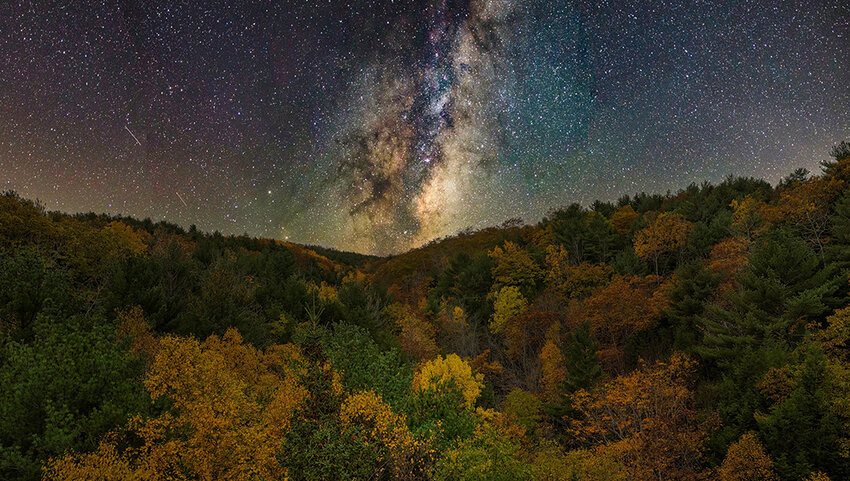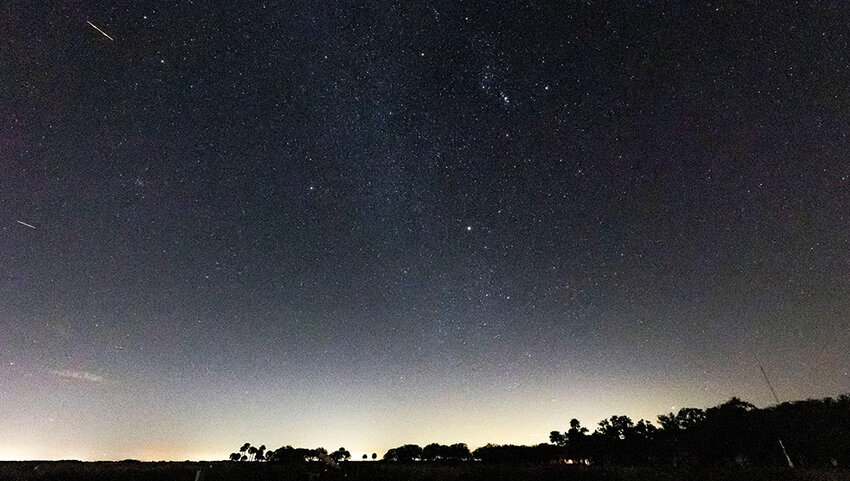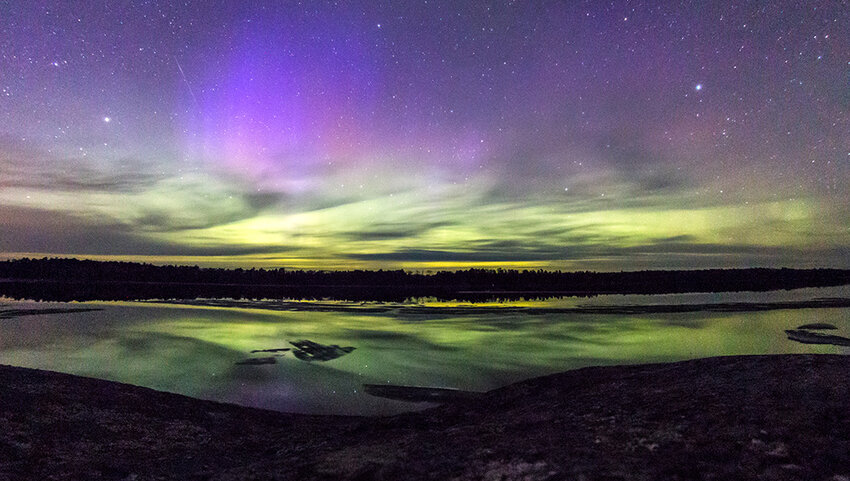If you live in a well-lit neighborhood or city, then light pollution probably makes it difficult to truly appreciate the beauty of the night sky. That’s why so many travelers venture off the beaten path each year and find a place to look up at the stars in all their glory. And there’s no better place to do so than at one of the world’s many Dark Sky Places.
These designated locations cover more than 60,000 square miles throughout 22 countries, attracting avid stargazers for an experience unlike any other. The majority of these sites are actually located right here in the United States among the country’s many national and state parks. If you’re eager to see the sky like you’ve never seen it before, then here are five Dark Sky Parks to visit this year.
Big Bend National Park — Texas

Located in Texas just north of the Mexican border, Big Bend National Park winds along the Rio Grande hundreds of miles west of San Antonio. This remote expanse is nestled deep within the vast wilderness of the Chihuahuan Desert and offers countless stargazing opportunities across 1,112,000 acres of untouched terrain. In fact, Big Bend has been declared to have the darkest skies of any national park in the lower 48 states.
With so few trees to obstruct your view in this arid, desert climate, viewing the night sky couldn’t be easier. There are countless overlooks in the park that are suggested for stargazing, including the Santa Elena Overlook and the Tuff Canyon Trail. Visitors can also book a stay at the nearby Summit at Big Bend, which offers accommodations like the Stargazing Domes, which are a great way to sleep in comfort while gazing up at the majestic scenery above.
Craters of the Moon National Monument — Idaho

Craters of the Moon is an aptly named stargazing paradise and is the only national park unit named for a celestial body. Located in south-central Idaho, this arid and desolate expanse formed thousands of years ago due to repeated volcanic activity. Today, the vast region remains sparsely populated because of the lack of vegetation, meaning there’s little to no artificial light to ruin your view of the stars.
Knowing how popular the park is for Dark Sky enthusiasts, the National Park Service offers Star Parties each summer and autumn, which provide guests with high-quality telescopes to optimize their viewing experience. Park officials remain committed to ensuring that visitors use their own personal lights as infrequently as possible to preserve the region’s lack of light pollution.
Katahdin Woods and Waters National Monument — Maine

You can’t travel much further northeast in the United States than Katahdin Woods. In 2020, this Dark Sky Park became the first such location in all of New England. This 87,564-acre remote stretch of forest is located in northern Maine, where the stars shine brighter than most of the region. There are no commercial power sources anywhere on park grounds, and all of the park’s lighting structures are powered down in the evening to ensure the most unobscured skies.
Given that the rest of the East Coast is so densely populated, Katahdin Woods offers some of the darkest skies east of the Mississippi River. There’s no better time to make your way to Maine than for the annual Stars Over Katahdin event. This celebration includes campfire chats, local food and drink, and of course nighttime stargazing opportunities unlike anywhere else in the region.
Kissimmee Prairie Preserve State Park — Florida

Kissimmee Prairie Preserve State Park is located in central Florida, roughly equidistant from Orlando, Tampa, Fort Myers, and Miami. Given this unique location, it’s both far away from light pollution but also extremely accessible. In fact, while other American Dark Sky Parks are far off the beaten trail, this park can be reached by less than a three-hour drive from several of the aforementioned major cities.
Visitors to this incredible destination can easily spot Jupiter and Saturn in the sky, but the real pièce de résistance is the ability for stargazers to see the International Space Station on extra clear evenings. Parkgoers have also commented on how easy it is to view the Milky Way without the use of any special telescopic equipment, making Kissimmee Prairie Preserve one of the preeminent Dark Sky spots in the southeast.
Voyageurs National Park — Minnesota

Voyageurs National Park is found at the tip top of Minnesota just along its border with Ontario, Canada. What makes Voyageurs truly special is how easy it is to witness the Aurora Borealis firsthand. While there’s no set schedule for when the northern lights, they can pop up at any time of year and any time of night. So keep your eyes peeled for the glowing green colors of this awe-inspiring natural light show.
The park contains two designated areas in particular that are highly recommended for nighttime sky viewing: the Meadwood Road Day Use Area and the Rainy Lake Visitor Center. That being said, you can’t go wrong wherever you set up camp. There’s no wrong time of year to visit Voyageurs, but the summer months are particularly special. During that time of year, the Earth’s position tilts the park closer toward the Milky Way galaxy, increasing the odds of looking upon it firsthand.





